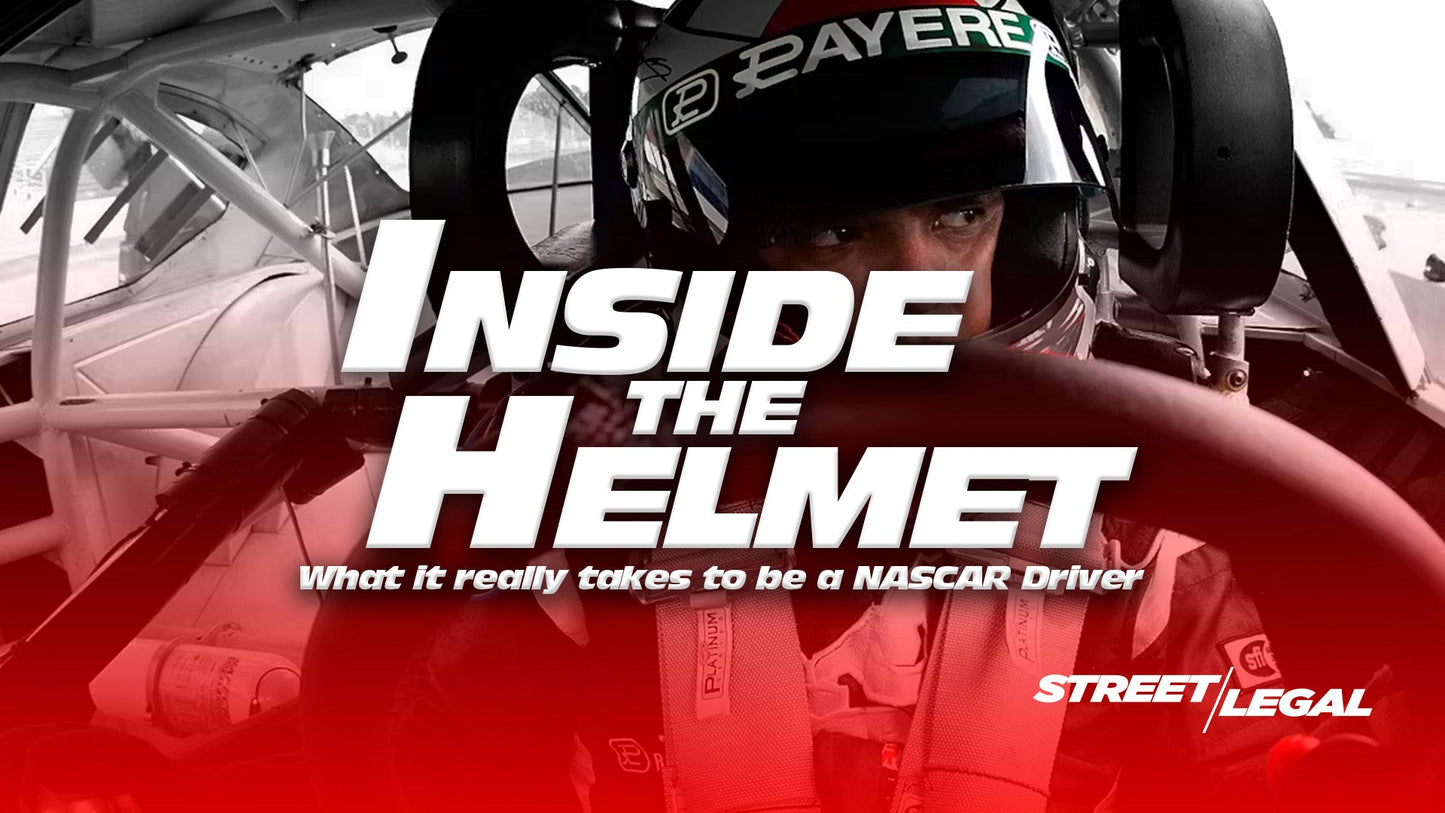
Inside the Helmet: What It Really Takes to Be a NASCAR Driver
When you watch a NASCAR race, it looks like a pure adrenaline rush—roaring engines, bump-drafting battles, and 200 mph passes. But behind that high-speed spectacle is a life built on grit, discipline, and razor-sharp skill. Becoming a professional NASCAR driver isn’t just about talent behind the wheel—it’s a full-time grind of physical training, mental sharpness, and an unmatched work ethic.
So if you think being a NASCAR driver is just about turning left really fast—buckle up. Here’s what it really takes to make it to the big leagues.
Raw Talent Is Just the Starting Line
Most NASCAR drivers begin racing long before they can legally drive on the street. Many start in go-karts or quarter midgets by age 5 or 6. That early start builds essential instincts—car control, race strategy, and reaction time—that become second nature by their teens.
But talent alone won’t get you a Cup Series seat. It’s just the foundation.
Physical Training: Like an Athlete, Because They Are One
Driving 500 miles at race pace isn’t a joyride—it’s a full-body workout. NASCAR drivers endure:
- Cockpit temps over 120°F
- G-forces of 3+ in corners
- Heart rates averaging 150–180 bpm for hours
To handle that, pros follow rigorous fitness routines including cardio, strength training, neck and core workouts, and reaction drills. Hydration and nutrition are also tightly managed. Stamina and focus under pressure are non-negotiable.
Mental Toughness: Racing Is a Mind Game
Endurance, patience, and split-second decision-making—mental conditioning is just as critical as physical prep.
Drivers study track maps, telemetry data, and race strategies for every circuit. They train with simulators to dial in muscle memory and learn braking points, tire wear characteristics, and pit sequences. Plus, they need mental resilience to handle the stress of crashes, mechanical failures, and rivalries.
Understanding the Car: It’s Not Just the Crew Chief’s Job
Modern NASCAR drivers are deeply involved in car setup and feedback. They work closely with their teams to:
- Adjust suspension, aero balance, and tire pressures
- Interpret telemetry and lap data
- Refine handling for long-run consistency
Knowing how to communicate exactly what the car is doing—and what it needs—is a massive part of being competitive. You’re not just driving; you’re engineering performance.
Sponsorship & Media: Off-Track Work Is Still Work
Being a pro driver means being the face of brands. From media appearances to social media management and sponsor meetings, drivers spend as much time off-track building relationships as they do racing. Marketability, charisma, and professionalism are key.
Without sponsorship, you’re not racing. Plain and simple.
The Climb: There Are No Shortcuts
Before NASCAR’s top-tier Cup Series, drivers climb a ladder through:
- Local short tracks and karting
- Late Models and ARCA
- NASCAR Truck and Xfinity Series
Each level requires results, networking, and often substantial funding. Many families invest heavily early on. And once you make it to the top? You’ve got to stay there—every race is a test of skill, strategy, and survival.
Final Thoughts: The Drive Never Stops
To the outside world, NASCAR might look like weekend fun. But for those inside the helmet, it’s a 24/7 commitment. It takes relentless drive, exceptional talent, elite fitness, deep technical knowledge, and nerves of steel.
Think you’ve got what it takes? Start small. Grind hard. And never stop pushing.
Join the Street Legal Community
Whether you’re karting on weekends or dreaming of Daytona, we want to hear your story. Share your build, your journey, or your favorite racing moment with us.
Follow & Tag us: @streetlegalus
#streetlegalus


